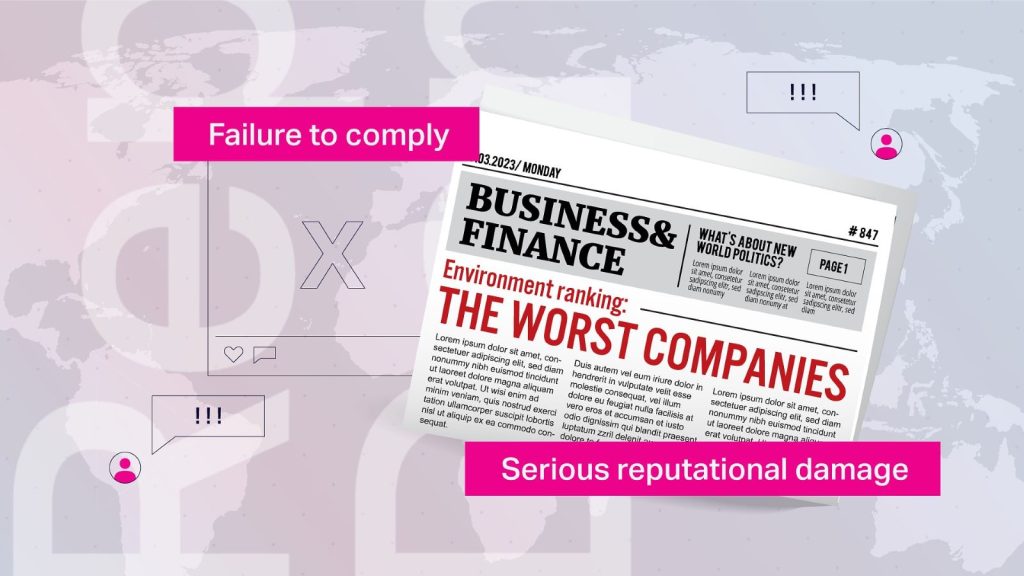Case study videos and testimonial films can be used for various purposes and are a vital part of your video communications whether you are a profit-led business or a charity organisation.
Case studies are beneficial as simple customer testimonials, where customers or service users explain how they use the product or service and how it has helped them. Or you can have a more in-depth video to show the impact of a course, product or set project over time and the impact on many people.
Case study and interview video productions are versatile in that they can be long-form and go into detail about a project or service, perfect for showing to stakeholders more like a charity film or edited down so that you have a quick highlights video edit to share on social media.
Here are some tips to help you get the most out of a case study video production. Plus, there is an extra tip to help save money with professional production.
01 Have an Objective
Start with what you need the video(s) to say, what message you are trying to get across to the audience, and what you need them to know. Then, work backwards from there and determine what questions you should ask to achieve this. The answers will still be organic in nature, but the video content will be well-aligned with your goals.
02 Interview a Few People
More answers with a similar theme will give the feeling that people agree on the topic and help create a consensus, even if the individual stories are varied. So, interview at least two or three people and ask them similar questions. This technique will give you cohesive answers and really boost positive emotions.
03 Choose a Good Location to Film
Often, you want to pick the typical environment where the customer or service user would be – to give a nice context to what they’re saying. So this may be in their place of work, or yours, or perhaps at home. Outdoors can be refreshing, too, though a bit risky with the weather in the UK! To create a specific vibe. Generally, a big bright room that’s not too noisy will do. You can also consider using a professional film studio with a backdrop for a more serious or professional tone.
04 Implement Thoughtful Questionnaire Design
Ask open-ended questions. Why, how, where, etc., give more descriptive answers than questions that could result in a simple yes or no. You can also ask the same question again but word it slightly differently to provide various answers. Don’t make the questions too formal /corporate if you’re interviewing business people. They can give you quite stiff corporate answers that don’t come across as genuine, and usually, with a case study, you want a bit more emotion than a more standard kind of corporate-style scripted video.
05 Ask for the Full Story
This will give the viewer a complete picture. So, for example, you can ask around any problems, for example, what life was like before, then ask about the solution, then go into detail about the process and what it’s really like to work with you. Then, the results can be a mixture of factual information and how they feel. As Maya Angelou said, “People will forget what you said, people will forget what you did, but people will never forget how you made them feel”. If they describe their joy, it will come across so well. All in all, this will create a good story arc for the video.
06 Use Good Interview techniques
You want the interviewee to feel comfortable telling their story. The director can do this by encouraging conversation and engaging in active listening. Keep the atmosphere as calm, informal, and relaxing as possible.
If you feel that they’re pretty confident at speaking, you can ask them to repeat the question back when they give the answer; then, it will provide the answer with more context in the final video edit. For example, they would say,”‘The progression here has been really, good. I’ve been supported to get promotions” instead of simply, “It’s really good, I’ve been supported to get promotions” Your questions won’t be in the edit, so this will help the audience know exactly what they’re talking about.
Another tip is to ask the first question or few (if it’s important) again at the end, as they may have warmed up and will be able to answer it better.
07 Interview a Diverse Group of People
Interviewing varying people of different characteristics, ages, and lived experiences makes for a more exciting video series that shows how your services can impact all kinds of people.
08 Create a Few Edits
If you film and interview four people, for example, you may have case study videos for each perspective, but you also select pieces from each to make a combination video. You can also use 10-20s edits to upload on their own to social media, for example, as an Instagram reel or story. This makes the video much more flexible, and you’ll really get your money’s worth by tailoring the video content to each platform where the video can be seen. You can also create mini edits for social media, up to 90s long, and edit them to be vertical or square, including just the best parts, inviting viewers to learn the whole story on your website.
09 Film with at Least Two Cameras
Two cameras on the subject make the video edit much smoother, which means that you can easily remove long umms, stumbling or parts that got too long-winded without the video looking stilted or jerky. The video is more concise and flows seamlessly between points. Cutting between 2 different camera angles also makes the video more visually attractive and keeps up engagement.
10 Use a Professional Video Company
A video studio will have the experience and equipment to make a higher-quality video in which the person looks and sounds good, using a professional mic. Also, the editing will be more succinct so that it flows well without extra information that may make the story drag a little.
11 Film B Roll
B roll is just extra footage of the interviewee in context, for example, working, talking to someone etc. Adding this footage creates a more visually interesting video and gives context to the subject at hand. If you’re already filming an interviewee for a testimonial film, getting some afterwards on the same filming day is pretty quick. B roll footage can also be used to mask an edit where the person may have struggled a little, or you need to condense the sentence down to a more concise version to keep the runtime low.
12 Use Supporting Graphics
To aid memorability, you can pull quotes from the video and animate them in time with the speakers so that the key sentences stick in the viewer’s head.
And an Extra Tip to Save Cost
Batch filming: If you can film more than 1 in a day, you will save on filming costs as they are generally charged daily. This is the same even if it’s a shorter filming session, as no other work can take place on that day, regardless. If you can arrange for all the case study interviewees to arrive at one location, for example, your workplace or the video studio, this will save time and money.
Or if the interviewees genuinely live/work quite close together, then it may be possible to travel to 2 locations in a day for a short interview each.
Hope you found these tips useful. Following this guideline, you can create impactful case study videos that effectively communicate your message and resonate with the audience.
If you’d like a professional case studio video for your business or organisation, please get in touch.



